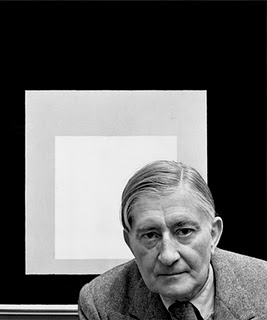Top 69 Quotes & Sayings by Josef Albers
Explore popular quotes and sayings by a German artist Josef Albers.
Last updated on April 14, 2025.
Art is revelation instead of information, expression instead of description, creation instead of imitation or repetition. Art is concerned with the HOW, not the WHAT; not with literal content, but with the performance of the factual content. The performance - how it is done - that is the content of art.
























